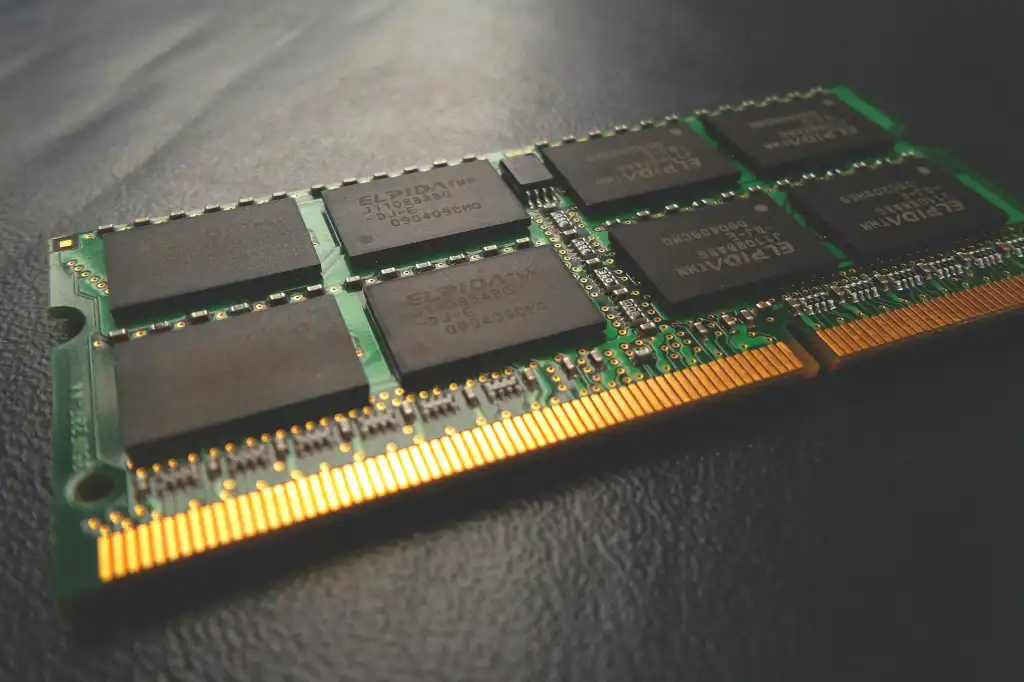The question of how much RAM you need has become increasingly complex as software demands continue to evolve. In 2025, the of memory requirements has shifted dramatically from just a few years ago, making it crucial to understand what your specific use case demands.
Random Access Memory serves as your computer’s short-term workspace, storing data that your processor needs immediate access to. Think of it as your desk space – the larger it is, the more projects you can work on simultaneously without constantly shuffling papers. This analogy becomes particularly relevant when considering modern computing demands, where multitasking has become the norm rather than the exception.
The traditional approach of “more is always better” isn’t necessarily the most cost-effective strategy. While having abundant RAM certainly won’t hurt performance, there’s a point of diminishing returns where additional memory provides minimal benefit for your specific workflow. Understanding your actual needs versus perceived requirements can save you significant money while ensuring optimal performance.
Current market trends show a clear shift toward higher memory configurations across all device categories. What was considered excessive just three years ago has now become the baseline recommendation for many users. This evolution reflects not just software bloat, but genuine increases in capability and feature sets that require additional memory resources.
The key lies in matching your RAM configuration to your actual usage patterns, considering both current needs and reasonable future-proofing. Whether you’re a casual user, content creator, or hardcore gamer, there’s a sweet spot that balances performance, cost, and longevity.
Basic Computing and Everyday Tasks
For fundamental computer operations like web browsing, document creation, and media consumption, the memory requirements remain relatively modest. 4GB of RAM represents the absolute minimum for basic computing needs, suitable primarily for simple web browsing and document creation. However, this configuration severely limits multitasking capabilities and may struggle with modern web applications.
8GB has emerged as the practical minimum for comfortable everyday computing in 2025. This configuration handles multiple browser tabs, basic productivity software, and light multitasking without significant performance degradation. Users who primarily check email, browse social media, stream videos, and work with office applications will find 8GB adequate for their needs.
The operating system itself consumes a significant portion of available memory. Windows 11 can use anywhere from 2GB to 8GB of RAM, depending on system configuration and background processes. This means that with only 4GB total, very little memory remains available for applications, explaining why this configuration feels sluggish in real-world use.
Gaming Requirements in 2025

The gaming industry has undergone substantial changes regarding memory requirements. 16GB now represents the minimum viable configuration for modern gaming, though it’s increasingly considered the baseline rather than the comfortable standard. Many newer titles can easily approach or exceed this limit, especially when combined with background applications like streaming software, voice chat, or web browsers.
32GB has become the new recommended standard for gaming enthusiasts in 2025. This configuration provides ample headroom for current games while accommodating the multitasking that modern gamers expect. Streaming gameplay, running Discord, maintaining multiple browser tabs, and using game optimization software simultaneously becomes seamless with this amount of memory.
The choice between DDR4 and DDR5 adds another layer of consideration. While DDR5 offers superior bandwidth and future-proofing benefits, DDR4 remains viable for most gaming scenarios. The performance difference in gaming is often minimal, making DDR4 an attractive option for budget-conscious builders.
Professional and Creative Workloads
Content creators face some of the most demanding memory requirements across all user categories. Video editing represents one of the most memory-intensive tasks, with 32GB serving as the practical minimum for 4K video editing workflows. This amount handles most video editing projects comfortably while allowing for reasonable multitasking.
For professional video editors working with complex timelines, multiple video streams, or high-resolution footage, 64GB provides the headroom necessary for demanding projects. This configuration eliminates memory-related bottlenecks and enables smooth playback of complex edits without requiring constant cache clearing or project optimization.
Photo editing, 3D rendering, and software development also benefit significantly from generous memory allocations. These workflows often involve loading large files entirely into memory, making RAM capacity directly correlate with productivity and workflow efficiency.
Future-Proofing Considerations
Technology evolution suggests that memory requirements will continue increasing over the coming years. Software developers consistently utilize available system resources, meaning today’s comfortable configuration may feel constrained in just a few years. However, over-investing in memory can tie up budget that might be better allocated to other components.
A balanced approach involves selecting memory configurations that exceed current needs by a reasonable margin while remaining within budget constraints. For most users, this translates to choosing 16GB over 8GB, or 32GB over 16GB, depending on their primary use cases and budget flexibility.




